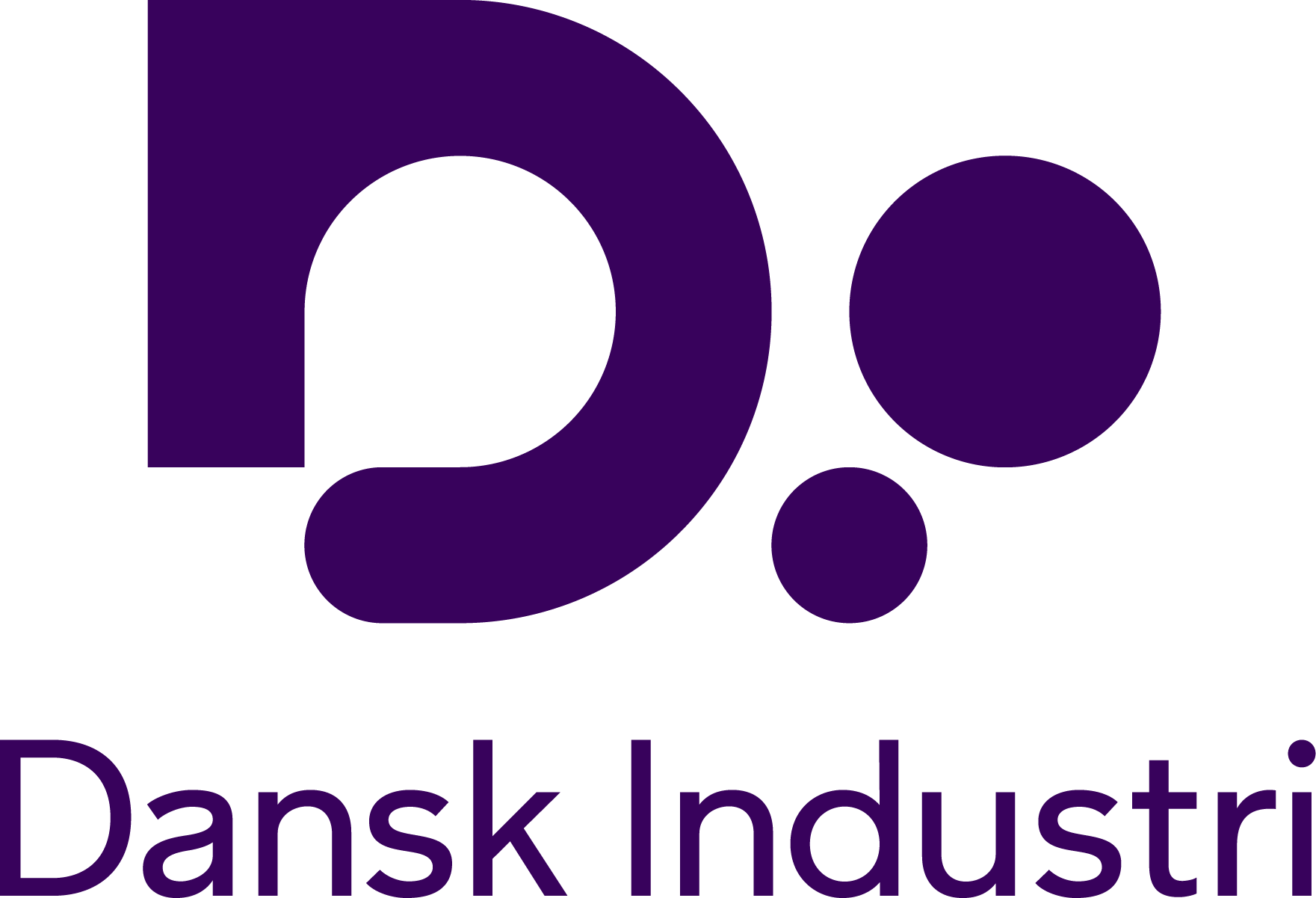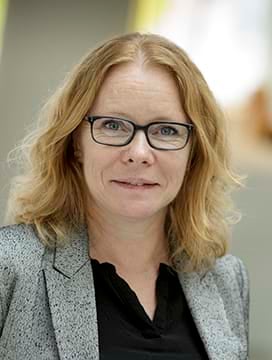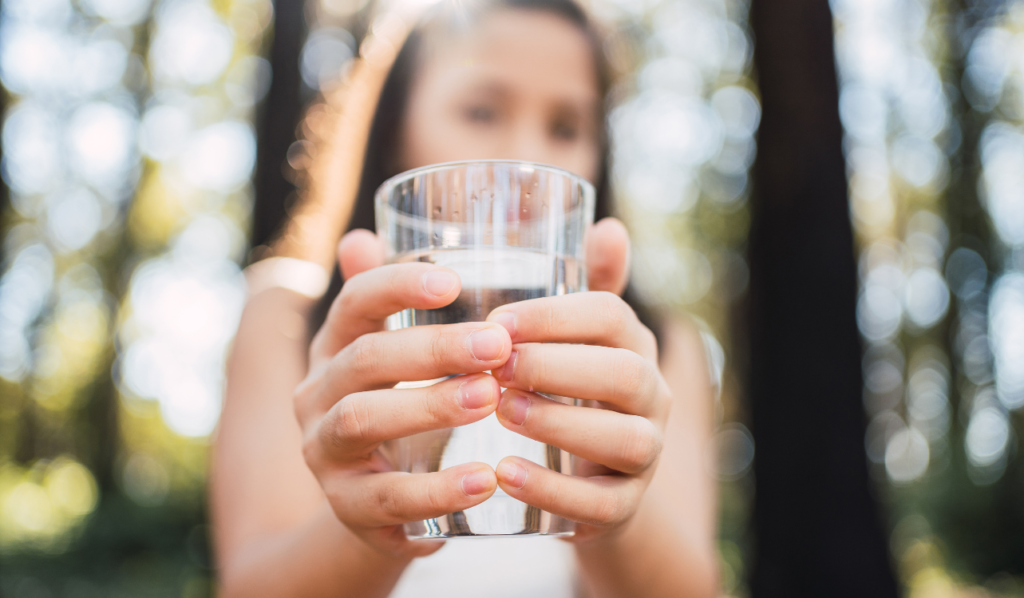International collaboration is key to unleashing the potential of an energy and climate neutral water sector. But in all its essence, proper homework starts at home. As such, Denmark in 2019 established 14 Climate Partnerships to forge financially viable paths where corporations and governments work in tandem towards energy efficiency, greenhouse gas reduction, and greener industries.
The Climate Partnerships were tasked with formulating recommendations as to how their sector can contribute to reducing emissions and reaching the 2030 goal. With the dual objective to make the world more sustainable while ensuring green growth in Denmark, the effort sought to drive conscientious and concerted action within and across sectors.
Amongst more than 400 tangible recommendations, the Danish Climate Partnership for Waste, Water and Circular Economy suggested in 2020 to strive for an energy and climate neutral water sector in Denmark by 2030. As described by Lars Schroeder, CEO of Aarhus Vand, who served as vice chair for the partnership,
“transforming for energy- and climate neutrality within 10 years is an ambitious, yet realistic and achievable goal” 1
Echoing the optimism, this blog post gives an update on the work, and the voluntary agreement to reach energy and climate neutrality by 2030.
Collaboration between the stakeholders in the water sector is a prerequisite to aim towards a goal such as energy and climate neutrality.
In Denmark, we started our journey in 2015 establishing the Water Vision cooperation, a public-private partnership aiming to promote a sustainable and innovative Danish water sector.
The partners in the Water Vision are the Confederation of Danish Industry (DI), DI Water, the Danish Water and Wastewater Association (DANVA), representing water utilities, the Danish Environment Technology Association, and the Ministry of Environment, in cooperation with Danish universities.
Introducing ‘The Paris Agreement’ for the water sector
Since the formulation of the energy and climate goal in the climate partnership in 2020, the Danish parliament has made it an official national target. To keep track of the sector’s progress, the Danish EPA asked all Danish water and wastewater utilities to report their ambitions for the coming years on a voluntary basis. A process inspired by the Paris Agreement on GHG reductions. A high level of commitment from the sector has resulted in participation from most of the utilities, and the ambitions will be incorporated in a report outlining a 2030 forecast of the situation.
Many tools will be used by the utilities to move towards the energy and climate neutrality goal. Among the most important are:
- Process optimisation and focus on energy efficient equipment and operation
- Online sensors and real time regulation strategies
- Increased energy production from biogas
- Heat generation for the district heating system with heat pumps on the effluent water
- Afforestation on drinking water supply areas to protect groundwater
- Control of nitrous oxide from process tanks and methane leakage from digesters and sludge processing
The results are promising. Denmark is moving quickly towards energy and climate neutrality and a climate positive water sector is expected to be reached earlier than the 2030 deadline.
With the current momentum, I am confident that new developments and innovation in more effective and efficient methods can take the Danish water sector even further. This goes for both the drinking water supply and the transportation and treatment of wastewater. One key element here will be digitalisation and online control, which can result in reduction of greenhouse emissions and energy savings, as well as a reduction of water loss and higher effluent quality.
While Denmark is on the right track, there is still a long way to go and a lot to learn. As such, we are looking forward to sharing ideas and gather inspiration with new partners and old friends at the IWA World Water Conference & Exhibition in Copenhagen this September. On 11-15 September, we invite interested parties to join a selection of technical tours to some of Denmark’s leading water projects and facilities.
With our eye and efforts firmly focused on the joint goal of energy and climate neutrality, we are looking forward to sharing Denmark’s contribution to this global endeavour.


















